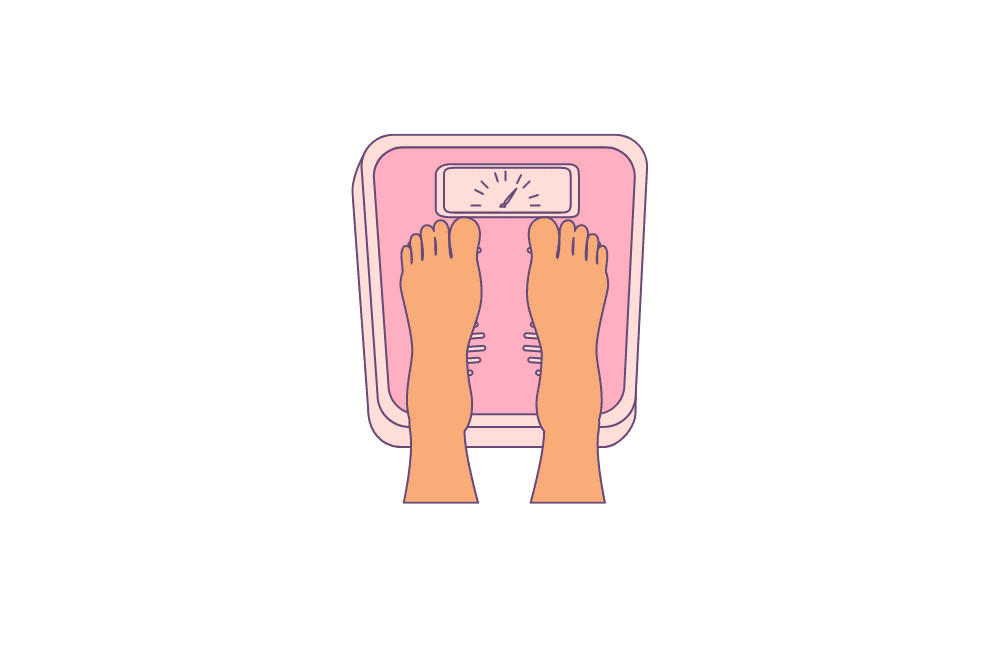If oral sex plays a role in your sexual repertoire, you should be aware that some of the most common STIs are passed on via this method of sex. We’re talking about any type of sexual activity where a person’s mouth, lips or tongue come into contact with another person’s genitals or anus. Despite having no pregnancy risk, as a responsible woman taking charge or her health, you should use protection to guard yourself from unwanted sexually transmitted infections during oral sex.
What STIs can you get from oral sex?
Sexually transmitted infections that can be orally transmitted include chlamydia, herpes, gonorrhoea, syphilis and HPV. The risk of contracting these STIs is lower than the risk linked to performing vaginal or anal sex, however the risk still exists and therefore you should be across it.
If you have oral sex with an infected partner, you’re automatically placing yourself within the risk bracket of contracting an STI in the mouth, throat, genitals or rectum, depending on the specific STI exposure, the type of sex acts practiced, the number of sex acts practiced, and the commonality of the STI for your partner’s demographic.
How to protect yourself from STIs during oral sex?
You can lower your risk of giving or getting an STI during oral sex by using a condom, dental dam or other form of barrier protection every time. For blowjobs, use a latex condom to completely cover the penis, or a plastic condom if either party has a latex allergy. Remember, condoms need to be disposed of after each use and changed between having oral and penetrative sex to avoid cross-infection.
For oral sex on the vagina or vulva, a dental dam can be used to cover the area. Dental dams are available at all good pharmacies, or you can perform a MYO job by cutting the tip and ring off a regular condom before cutting the condom open and laying it flat across the body part you wish to cover. Hint: Avoid using condoms with spermicide as this isn’t something any human should be ingesting.
Other ways to protect yourself from STIs during oral sex are heavy on the self-control front and include:
- Refraining from oral sex when you or your partner have sores, cuts or infections in or around the mouth or throat
- Refraining from sex when your partner has a visible sore, ulcer or lump on their genitals, anal area or mouth
- Asking men on the receiving end of oral sex to ejaculate outside your mouth (have tissues on standby)
- Avoiding brushing or flossing teeth immediately after oral sex, despite the instinct to ‘clean up’
What to do if you think you have an STI from giving or receiving oral sex?
If you’re on top of your sexual health, you should have regular sexual health tests at least once every year regardless of whether you have visible symptoms or not. If you have unprotected sex, notice symptoms of an STI or believe you may have contracted an STI from oral sex, schedule a sexual health check ASAP. The earlier an STI is diagnosed, the sooner you can act to treat it.
It’s always a wise (and super courteous) move to advise any current or past sexual partners if you test positive for an STI, so they can also be checked. Breaking the news of a positive STI status can be extremely daunting. If you’re unsure how that conversation is going to unfold, help yourself to our tips on how to discuss STIs with your partners. You may just save them or their future partners from a nasty dose of chlamydia or herpes.
Not in the best relationship with a past partner? No problem at all. Services like Let Them Know or The Drama Down Under can anonymously pass on the news.





